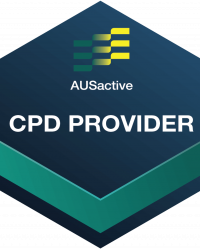Mat Repertoire
Inversion Series:
Jack Knife
Alternate Names
N/A
Derived From
Classical Mat Work: The Jack Knife
Primary Element
Mobility
Why for Primary?
To create mobility through the spine whilst in hip flexion, with the back lifting up and overhead and then with the controlled decent to the Mat.
Secondary Element
Strength
Why for Secondary?
To create abdominal strength to control the spinal movement up and overhead as well as the decent back to the Mat with control.
Tertiary Element
N/A
Why Tertiary?
N/A
Repetitions
4-6
Plane of Motion
Sagittal
Targeted Muscles
To create pelvis stability and initiate the posterior tilt the targeted muscles are the deep abdominal muscles transversus abdominis.
To lift the hips and move the leg backwards or overhead, the primary muscles are the gluteals and hamstrings
- Gluteus maximus
- Posterior head of the adductor magnus
- Hamstrings
Warnings
This exercise may be unsuitable for clients where inversion or spinal articulation is contraindicated or would cause pain. Also watch for clients going up too high on the neck, aim to stay as high as the back of the shoulders.
Execution
Lie supine on the Mat with the arms anchored to an A-frame position and the legs reaching up towards the ceiling. Exhale to lift the legs up and overhead aiming to keep them parallel to the floor when overhead. Aim to stay on the shoulders, not the neck. Reach the legs back up to vertical, inhale to pause at the top, and then exhale to lower the spine back done onto the Mat with control maintaining the legs at a vertical position throughout.
Observations
Do a body scan of the client taking note of the following points
- Head and Neck
- Is the back of the neck long and crease-free? A slight retraction of the neck with the chin tucked can help avoid straining the neck
- Is the head in contact with the Mat on the descent?
- Pelvis
- Are the hip bones even horizontally or is the client leaning to one side?
- Is the client able to slow down and initiate the movement from low abdominals contracting and then moving the pelvis back before engaging gluteals and lifting the hips up and off the Mat?
- Legs
- Are the legs vertical or ‘reaching away’ the whole time on the descent to the Mat?
Learning Style Technique Cues
Auditory – word associations that connect mind and body
- Engage transverse abdominis to initiate the movement then flex the lumbar spine towards the Mat before take-off
- Keep the ribcage connected towards the hips at the top of the shoulder stand
- To return down, sink through the sternum first, then the waist then the hips then the tailbone
- Say the client’s name when you’re about to interact with them
Visual
- Image the spine as a string of pearls moving down one vertebra at a time back to the Mat
- Whilst no one can truly move one vertebra at a time (try and move L4 then L5!), imagine the sequential movement of the spine returning to the Mat
- You may demonstrate a part of the movement as a visual representation for the client to see
Kinaesthetic
- Feel the arms pressing actively into the Mat to stabilise the shoulder girdle
- Squeeze the gluteals to press the legs away and maintain their position using the low abdominals and gluteals working together in co-contraction
- To return down, feel the back of the ribcage the top connected to the Mat, then the back of the waist, then the hips then the tailbone
Modifications and Variations
Regress the exercise by
- Using a foam roller horizontally under the hips or a Spine Corrector and reducing the range of motion of the exercise
- Reduce the repetitions and/or pace
- Working on Spinal Mobility: The Roll Over
- Working on Reformer Feet in Straps: Short Spine Massage
Progress the exercise by
- Bending the elbows with the fingers towards the ceiling with the palms inwards to connect in the shoulder girdle but without the assistance of the forearms pressing down into the Mat
- Adding ankle weights
- Adding a Magic Circle or Pilates ring between the ankles
Series and Transitions
This exercise is the only exercise in the progressive Inversion series. This series can also be found in the Reformer repertoire, Wunda Chair, Barrel and Cadillac repertoire.

